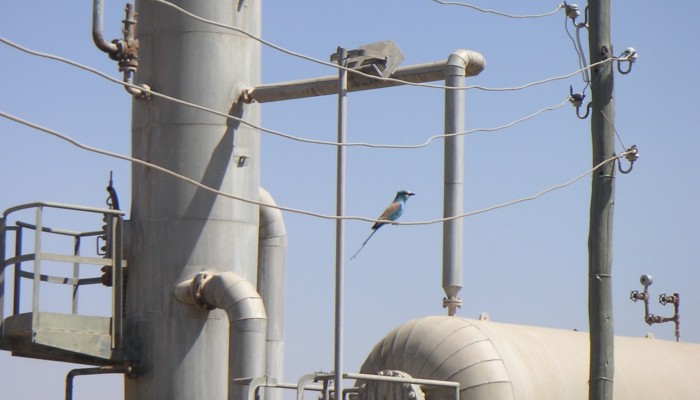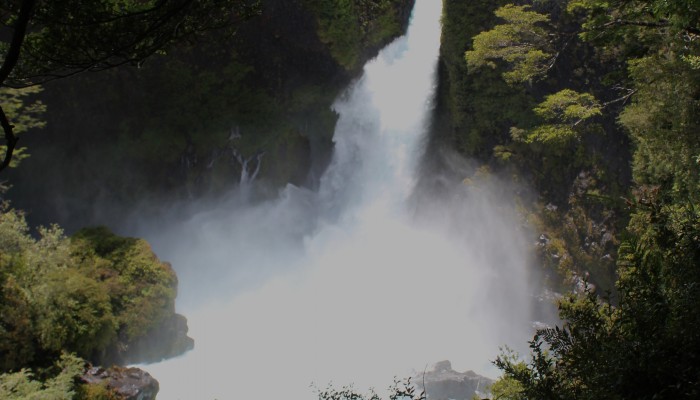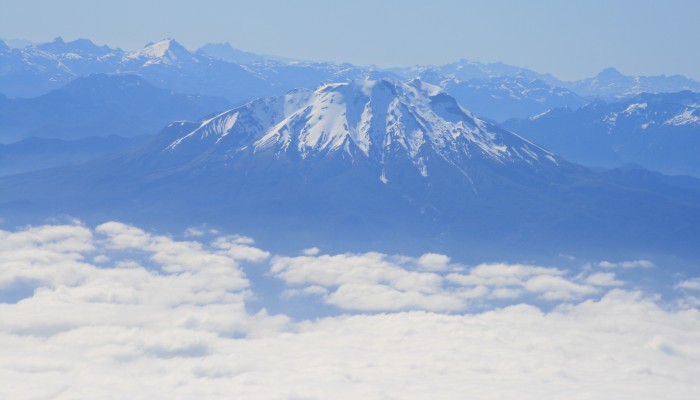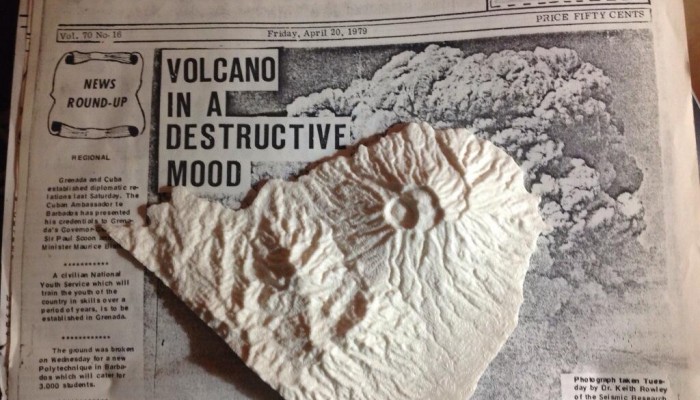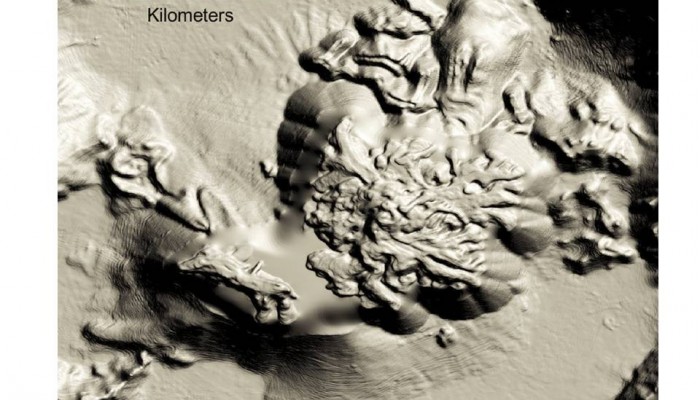The great Rift Valley of Ethiopia is not only the cradle of humankind, but also the place on Earth where humans have lived with volcanoes, and exploited their resources, for the longest period of time. Perhaps as long ago as 3 Million years, early hominids began to fashion tools from the volcanic rocks from which the Rift Valley was floored, including basalt and obsidian. The Ethiopian Rift Valley ...[Read More]
Energy Poverty and Geothermal Energy Futures
Ethiopia is one of the most impoverished nations in the world, in terms of the number of people who live without access to electricity. The World Energy Outlook reported that in 2014, 70 million people in Ethiopia, or 77% of the population, have no access to electricity. Ethiopia is also one of the more volcanically-active regions of the world, with 65 volcanoes or volcanic fields that are thought ...[Read More]
Taking the pulse of a large volcano: Mocho-Choshuenco, Chile
As the recent eruptions of Calbuco and Villarrica in southern Chile have shown, the long arcs of volcanoes that stretch around the world’s subduction zones have the potential to cause widespread disruption to lives and livelihoods, with little or no warning. Fortunately, neither of these eruptions has, so far, led to any reported loss of life – but the consequences of these eruptions ...[Read More]
Calbuco erupts. April 22, 2015.
Volcan Calbuco, which burst into eruption on April 22nd, is one of more than 74 active volcanoes in Southern Chile that are known to have erupted during the past 10,000 years. Unlike its photogenic neighbour, Osorno, Calbuco is a rather complex and rugged volcano whose eruptive record has posed quite a challenge for Chilean geologists to piece together. The little that we do know about Calbuco’s e ...[Read More]
The great eruption of Tambora, April 1815
April 2015 marks the 200th anniversary of the great eruption of Tambora, on Sumbawa island, Indonesia. This eruption is the largest known explosive eruption for at least the past 500 years, and the most destructive in terms of lives lost, even though the precise scale of the eruption remains uncertain. The Tambora eruption is also one of the largest known natural perturbations to the climate syste ...[Read More]
Volcano Top Trumps: the Online Game
After some months of testing and refining, a free-t0-use online version of Volcanoes Top Trumps has been launched by Winning Moves. This should greatly extend the reach of Volcanoes Top Trumps – which is a fun and educational game about volcanoes that has spun off from the NERC – ESRC funded project ‘STREVA‘ – Strengthening Resilience in Volcanic Areas. Why not play t ...[Read More]
There’s (volcanic) dust in the archives

There’s not much that beats the thrill of discovery.. particularly when it turns up in your own backyard. This summer, I have been on the hunt for records and reports of the 1902 eruptions of St Vincent, a lush volcanic island in the Eastern Caribbean. There are indeed many reports from this eruption, carefully documented in official records from the time. But, more surprisingly, there are ...[Read More]
An 18th Century London Volcano
We are now just three weeks away from the launch of an ambitious public engagement project – ‘London Volcano‘. This will see us build a large scale-model of volcano on the front lawn of London’s Natural History Museum. This activity is all part of Universities UK Week 2014, and our aim is to highlight the work we are doing on ‘Strengthening Resilience in Volcanic Area ...[Read More]
Growth of the Kameni Islands Volcano, Santorini, Greece
A new paper, published in the journal GeoResJ, reveals the intricate details of the volcanic Kameni islands that lie in the flooded caldera of Santorini, Greece. The Kameni islands started growing shortly after the explosive eruption that formed much of the present day caldera. For the past 3500 years or so these islands have grown in pulses, with each new eruption adding more material to the edif ...[Read More]
The Kameni islands, Santorini, Greece
A glimpse of the spectacular Kameni or ‘burnt’ islands of Santorini, Greece from the air reveals in intricate detail the overlapping lava flows, explosion craters and fields of volcanic ash from which the islands have been built in successive eruptions over the past 2000 years, and more. Of course, what we can see from the air is just the literal ‘tip’ of the present-day vo ...[Read More]

